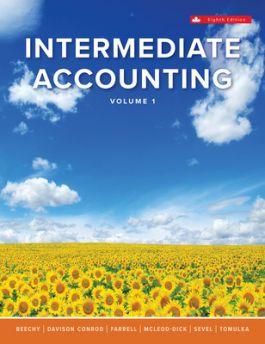Answered step by step
Verified Expert Solution
Question
1 Approved Answer
PLEASE COMPLETE PROBLEMS 5, 6, & 7. THANK YOU. Part I. Consider, as we did a few weeks back, a formal language with a one-place

PLEASE COMPLETE PROBLEMS 5, 6, & 7. THANK YOU.
Part I. Consider, as we did a few weeks back, a formal language with a one-place operator * and a three-place operator # with the following syntax (or rules of sentence or formula formation). (1) Any Atomic Proposition Letter is a well-formed formula (wff). (2) If is a wff, then so too is *. (3) If , X, and y are all wffs, then so too is #ox4. (4) Nothing else is a wff. Our task here is to construct a rigorous inductive argument for the claim that any formula constructed according to this syntax must have an odd number of proposition letters. This is not terrifically complex, though we need to be very explicit about how we are ordering formulas, what the base case is, what the inductive hypothesis is, and how it is used in the proof. 5. For the inductive case, we show that the hypothesis must hold of an arbitrary formula a, on the assumption of what? That is, state the inductive assumption. (Observe that I've used a Greek alpha here because chi already appears in the syntax of the language.) 6. Suppose, that a is a *-formula. That is, it takes the form **. How many Atomic Sentence letters must a have? Why does our inductive assumption force this number to be odd? 7. Now suppose that a is a #-formula. That is, it takes the form #oxy. Once again, how many Atomic Sentence letters must a have? Why does our inductive assumption force this number to be odd? Part I. Consider, as we did a few weeks back, a formal language with a one-place operator * and a three-place operator # with the following syntax (or rules of sentence or formula formation). (1) Any Atomic Proposition Letter is a well-formed formula (wff). (2) If is a wff, then so too is *. (3) If , X, and y are all wffs, then so too is #ox4. (4) Nothing else is a wff. Our task here is to construct a rigorous inductive argument for the claim that any formula constructed according to this syntax must have an odd number of proposition letters. This is not terrifically complex, though we need to be very explicit about how we are ordering formulas, what the base case is, what the inductive hypothesis is, and how it is used in the proof. 5. For the inductive case, we show that the hypothesis must hold of an arbitrary formula a, on the assumption of what? That is, state the inductive assumption. (Observe that I've used a Greek alpha here because chi already appears in the syntax of the language.) 6. Suppose, that a is a *-formula. That is, it takes the form **. How many Atomic Sentence letters must a have? Why does our inductive assumption force this number to be odd? 7. Now suppose that a is a #-formula. That is, it takes the form #oxy. Once again, how many Atomic Sentence letters must a have? Why does our inductive assumption force this number to be oddStep by Step Solution
There are 3 Steps involved in it
Step: 1

Get Instant Access to Expert-Tailored Solutions
See step-by-step solutions with expert insights and AI powered tools for academic success
Step: 2

Step: 3

Ace Your Homework with AI
Get the answers you need in no time with our AI-driven, step-by-step assistance
Get Started


